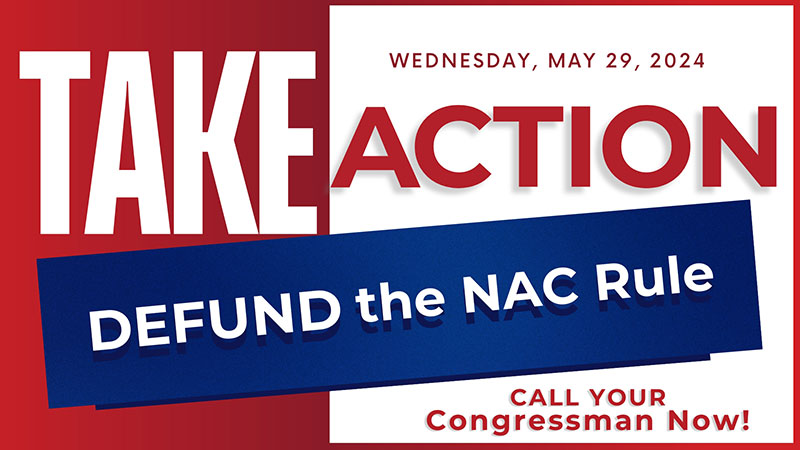Using its administrative powers last month, the U.S. Department of the Interior (DOI) and Department of Agriculture (USDA) locked up two critical areas of America to help implement the international 30×30 goal.
DOI withdrew the approved mineral leases located “outside” the protected Boundary Waters area of Minnesota, and “outside” the protected buffer zone. It then issued a 20-year moratorium on mining across the quarter-of-a-million-acre region. The mineral leases contain 95 percent of the nation’s nickel reserves; 88 percent of the cobalt; 51 percent of the platinum; 48 percent of the palladium, and 34 percent of the nation’s copper, according to the leaseholder, Twin Metals Mining.
Just the News reported that these minerals are necessary for green energy projects, such as electric vehicles and lithium-ion batteries. Currently, China owns 70 percent of the cobalt supply in the world, is the 3rd largest producer of Lithium, and produces half the world’s batteries.
Minnesota Republican Rep. Pete Stauber pointed out that the move to shudder America’s rare earth mines occurred after the Biden Administration funded mining projects owned by China. “Not even one month ago, Joe Biden signed an agreement to fund mining projects in Chinese-owned mines in the Congo, where over 40,000 children work as slaves in forced labor and inhumane conditions with no environmental protections,” commented Stauber.
Former Secretary of the Department of the Interior, David Bernhardt noted that this action is “unprecedented in modern environmental or economic policy,” during an interview on the Western Caucus podcast.
“The Federal government is actually working to fund projects in Canada, fund projects in Australia, with U. S. tax payer money so that they don’t have to develop projects here, and that is extraordinary to me, that we would take American tax payer dollars, send them overseas to develop our natural resources that we depend on, instead of investing those monies here and deriving the economic benefit. I think that tells you how hostile this administration is to mineral development in the United States.”
With the cancellation of the mineral leases, the Biden Administration has also prevented an estimated $1 Billion in economic activity every year, that would have directly benefited the local communities. “They simply don’t want to prevent development anywhere but in America. It’s a shocking natural resource policy,” stated the former Secretary.
In Alaska’s Tongas National Forest, the USDA reinstated the 2001 Roadless Rule prohibiting road construction, reconstruction and timber harvest in the 9.3 million acre region. The move also ended large-scale logging of old-growth forest.
The lock-up is a part of the USDA’s Southeast Alaska Sustainability Strategy to address the so-called climate crisis, announced in 2021, and includes deploying $25 million for workforce development to help support the local communities.
The Biden Administration is slowly, but surely, eliminating the production of our food, fiber, minerals, energy, and jobs in America, all while helping other nation’s corner the market on these essential commodities and increasing our dependency on foreign countries.
The Biden Administration states they will be preparing an environmental analysis under the National Environmental Policy Act for both of these recent decisions, which opens the door for counties and local governments to require coordination of the analysis and the decision. The coordination process requires that the agency work to resolve inconsistencies with local plans and policies and work to make those plans consistent. Coordination is often the only tool local governments have to advocate their position in a meaningful and effective manner to protect the local economies.
Kathleen Marquart with Catching Fire news recently aired an interview on how to use the coordination strategy for issues such as the Minnesota mineral moratorium and the Alaska Roadless Rule. You can also learn more on the Coordination Works page of the American Stewards of Liberty website, as well as purchase the “Policy Coordination Guide for Local Governments.”






